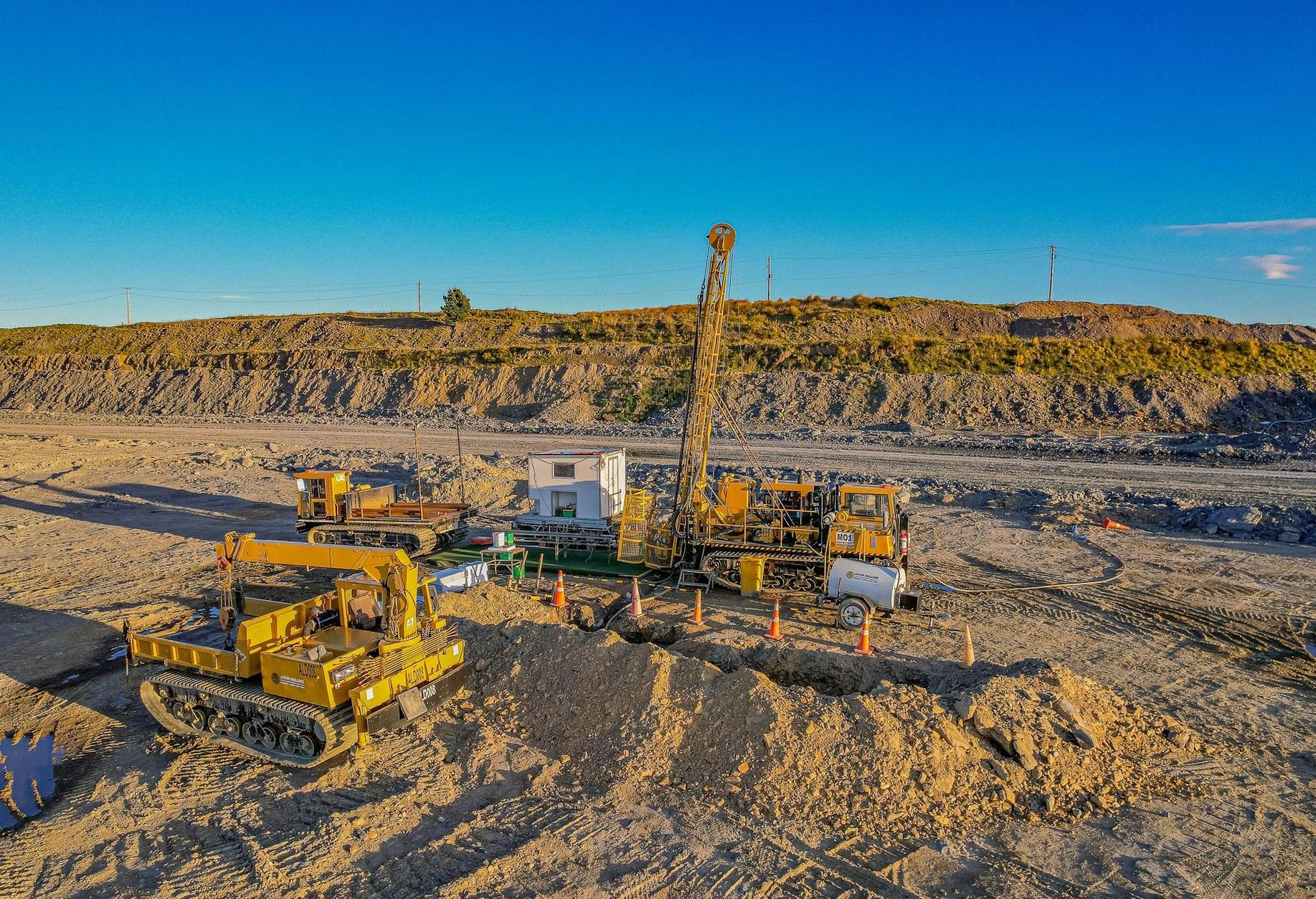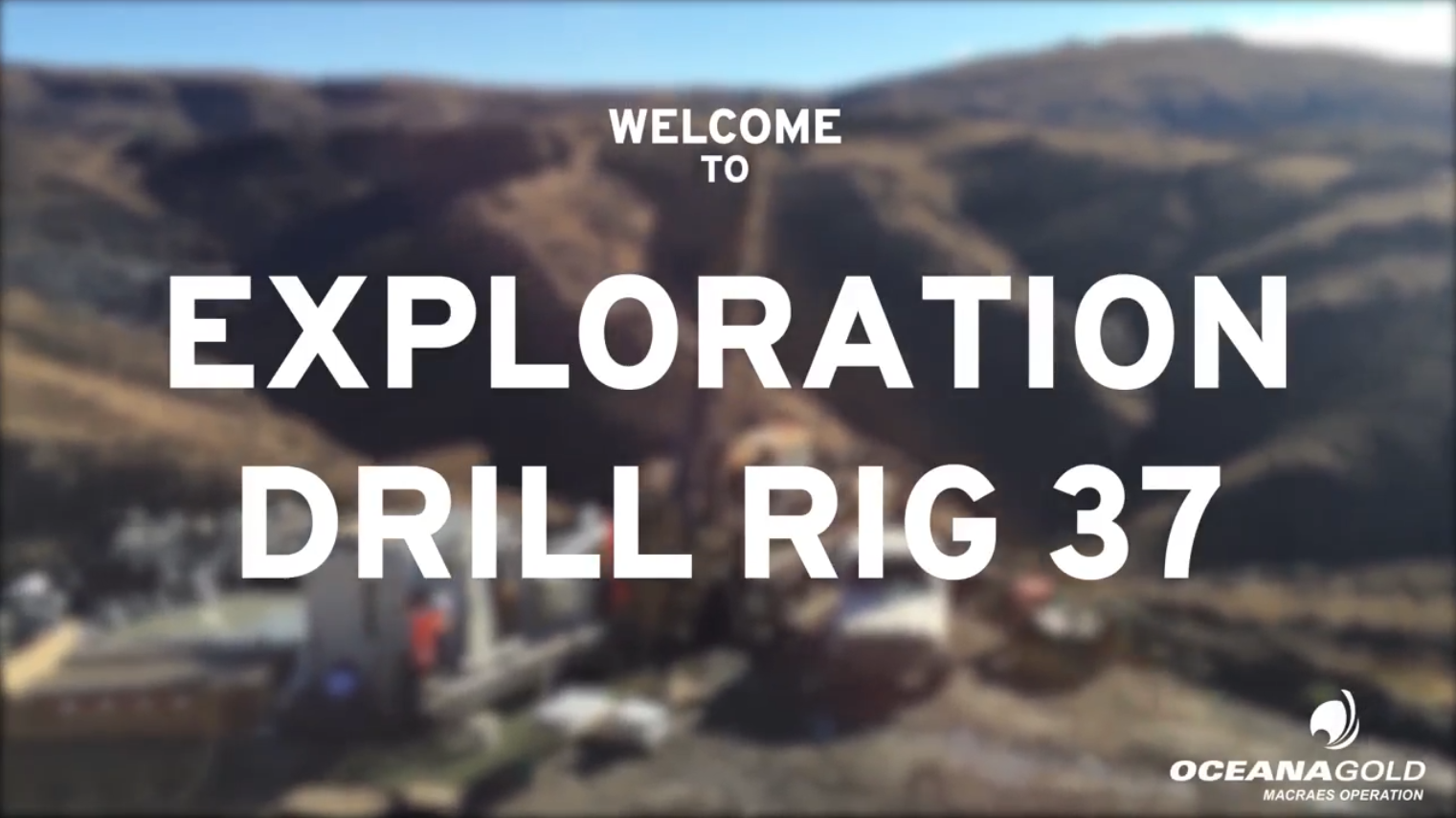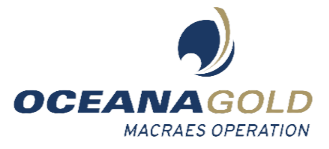
Cycle
The Exploration cycle involves mapping and sampling, initial and infill drilling, assay sampling, and resource estimation, to define indicated and measured resources with potential for economically viable gold extraction.
The process continues throughout the mining cycle to improve definition and grow resources within active mine areas and potentially discover new mineral resources.
Mapping and Sampling
Broad scale structural mapping and geochemical sampling are used to identify areas of interest containing anomalous gold or other metals of interest and helps to defining the zone of a potential mineral resource.
Areas or zones of interest are subjected to more in-depth investigation through detailed structural mapping, targeted geochemical sampling (such as soil sampling) and geophysics, to better define the specific target areas.

Initial and Infill Drilling
If positive results are found from sampling, exploration activities move into an initial phase of drilling. Drilling involves intercepting the potential ore body at different points around the zone of interest. This provides samples of the rock to help draw reasonable conclusions about the potential resource in the target area.
Drilling information is used to quantify the initial exploration findings and determine the size and scale of a potential resource. If there is enough information, this may be defined as an inferred resource, the first of three levels of confidence needed to establish a completed mine plan.
To increase the confidence of the mineral resource, infill drilling is used to determine whether the resource is continuous between the wide spaced intercepts.
Assay Sampling
Samples from the initial and infill drilling are sent to a laboratory where they are assayed to determine the quantity of gold in the targeted volume of rock.

Resource Estimate
The assay results are then used to create a mineral resource estimate, which further defines the levels of confidence in the mineral resource.
Indicated and Measured Resource
The next levels of confidence in a mineral resource are defined as an indicated and measured resource respectively. A resource estimate will contain all levels of resource definition, inferred, indicated, and measured. Measured resources have the highest level of confidence and are preferred.

Gold Extraction
Upon completion of a resource estimate with high level of indicated and measured mineral resources, the resource estimate is handed over to the mine engineers to develop a plan for extraction (either via open pit or underground methods) and assess the economic viability of the mineral resource. Resources that prove economically viable are upgraded to Reserves and progress through the mining cycle.
Ongoing Exploration
Exploration is ongoing throughout every aspect of the active mining cycle and is used when extending or returning to known resources. Continuing to develop and de-risk potential resources helps to extend the life of an active mine.




